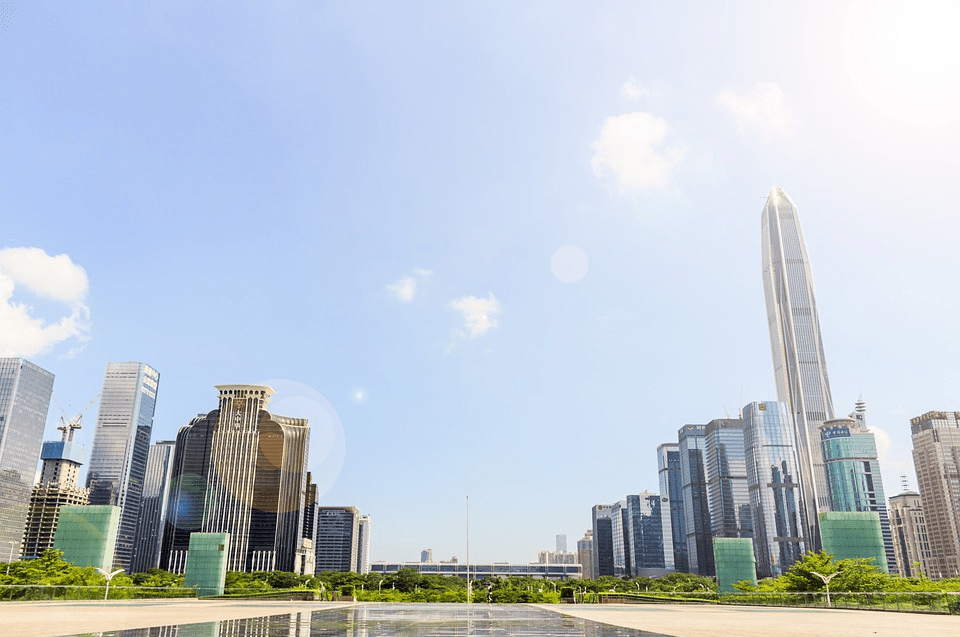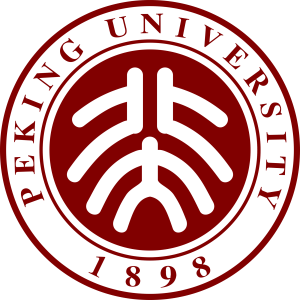
The Shenzhen Model City Initiative (the “Initiative”) received attention when on August 18, 2019, China’s State Council issued the “Opinions of the Central Committee of the Communist Party of China on Supporting Shenzhen’s Pioneering Zone for Building Socialism with Chinese Characteristics”.
An August 19 report on the Initiative was published by Xinhua, providing additional information and context. Other outlets soon followed with commentary assessing the consequences of the Initiative for Hong Kong’s development. However, to date there is little English language legal commentary on what the Initiative has in store for Shenzhen itself.
What does the model city initiative mean for Shenzhen?
Shenzhen has already been afforded greater autonomy than ordinary Chinese cities since it became the country’s first special economic zone (SEZ) in 1980.
Shenzhen’s special status was part of Deng Xiaoping’s broader Reform and Opening Up policies (改革开放). He personally left an inscription for Shenzhen when he visited the city in January 1984: “Shenzhen’s development and experience prove that the policy of establishing special economic zones is correct.” He later elaborated on the rationale behind SEZs: “The special economic zones are the windows of technology, management, knowledge, and foreign policy.” In these respects, development and connecting China to the rest of the world, much has remained the same for SEZs like Shenzhen since 1980.

Attribution: China People’s Daily
That was, until, the announcement of the Initiative. A nod to Shenzhen’s history as a pioneering Chinese city, the Initiative heralds a new height for Shenzhen’s level of autonomy. It includes many proposals that are in-line with the first principles guiding SEZs in the 1980s, like technological innovation, development, and deeper connection with other cities in the Greater Bay Area (GBA).
However in two respects, Democracy and the Rule of Law, it stands apart. In the Opinion, there is one provision relating to democracy (Paragraph 8, under Part III). It invites Shenzhen to “[b]e the first to create a visibly fair and just democratic rule of law environment” (率先营造彰显公平正义的民主法治环境).* It continues: “Under the leadership of the party, the people’s orderly political participation will be expanded (扩大人民有序政治参与), the people’s congress system will be upheld and improved, and the socialist deliberative democracy system will be strengthened (加强社会主义协商民主制度建设).
Although no concrete details accompany the reference to democracy in the Initiative, the overarching goal of making Shenzhen “a pioneering area of socialism with Chinese characteristics” suggests that any reforms along those lines will take place in Shenzhen before any other city. To this end, it further specifies that, in a bid to “modernize social governance” (促进社会治理现代化,Part III, Paragraph 10), the State Council encourages the city to “strengthen grassroots governance (基层治理), reform and break new ground in the use of mass organizations (改革创新群团组织, mass organizations refer to social organizations, such as the All China Federation of Trade Unions, 中华全国总工会), and the participation of social forces in the social governance model (社会力量参与社会治理模式).
One indication of where liberalizations might occur is apparent in the State Council’s support for attracting more foreign talent. In Part 2, Paragraph IV, the State Council expressly emphasizes the need for an “open and convenient system” for talent immigration and hints at greater commercial freedoms for talented foreigners:
There are two other provisions relating to the rule of law. The first indicates that that the goal of affirming the rule of law in the city is to make Shenzhen into a more competitive business environment. The Opinion pushes Shenzhen to create a “stable, fair, transparent, and predictable first-class legal business environment.”
The second provision highlights that it is up to the city of Shenzhen to act on the invitations laid out in the Opinion. Specifically, in regards to pilots or initiatives which Shenzhen wishes to bring forward, upon approval, the central government will “support Shenzhen to implement the reform pilot” and apply for batch application authorization, particularly for market regulation, optimizing the business environment, and city planning.
In fact, since the Initiative was announced, Shenzhen’s foreign exchange authority has already streamlined the conversion and Yuan purchase process, a pilot program only applicable within the city limits. If successful, this could allow foreign investors to eventually begin pooling capital directly within Shenzhen’s limits rather than Hong Kong for their investments into the mainland. Since the Initiative was announced, Shenzhen companies like Tencent have also teamed up with state-run institutions to develop a government-backed crypto currency. Almost coinciding with the Initiative’s announcement, the People’s Bank of China’s subsidiary working on this project, the Shenzhen Financial Technology Co., announced recruitment calls for blockchain engineers and research fellows in August 2019.

What kinds of other proposals, then, can we expect from city leaders? It is almost certain that eventual proposals will dovetail with existing plans for the region. For example, the Guangdong, Hong Kong and Macao Dawan District Development Plan unveiled in February of 2019. Under this plan, the urban clusters along the Pearl River Delta are set to converge into a world-class, innovation Super-region (in lockstep with similar plans for the Yangtze River Delta, and Beijing-Tianji-Hebei) by 2035. Greater harmonization of the Shenzhen, Hong Kong, and Macau financial markets and between the Shenzhen and Hong Kong stock exchanges are other examples of what is in store for the city.
The letter of the Opinions, together with its spirit, have already captured the imagination of city leaders. “The strategic significance … is extremely prominent,” said Song Ding (source: Xinhua), director of the Tourism and Real Estate Research Center of Shenzhen Comprehensive Development Research Institute. Qu Jian, deputy dean of the Shenzhen Comprehensive Development Research Institute, said “Shenzhen has already walked in front of the country in the first demonstration. It has already played such a role in the process of reform and opening up. Now it continues to strengthen its role so that everyone can clearly see what their country will build in the future” (ibid).
Indeed, Shenzhen today is completely unrecognizable from its original identity 40 years ago as a small fishing town. As the city begins to write the next chapter of its history, there is great hope for what the future has in store.
*sentences marked with an asterix were translated personally and may not capture the full meaning of the original Chinese text.
Written by Hannibal El-Mohtar
Hannibal is currently pursuing an LL.M at Peking University’s School of Transnational Law in Shenzhen, China.
This article was originally published on 25 October, 2019 at thechinalawblog.com, under the title, “The Shenzhen Model City Initiative”.

One thought on “What is the Shenzhen Model City Initiative?”